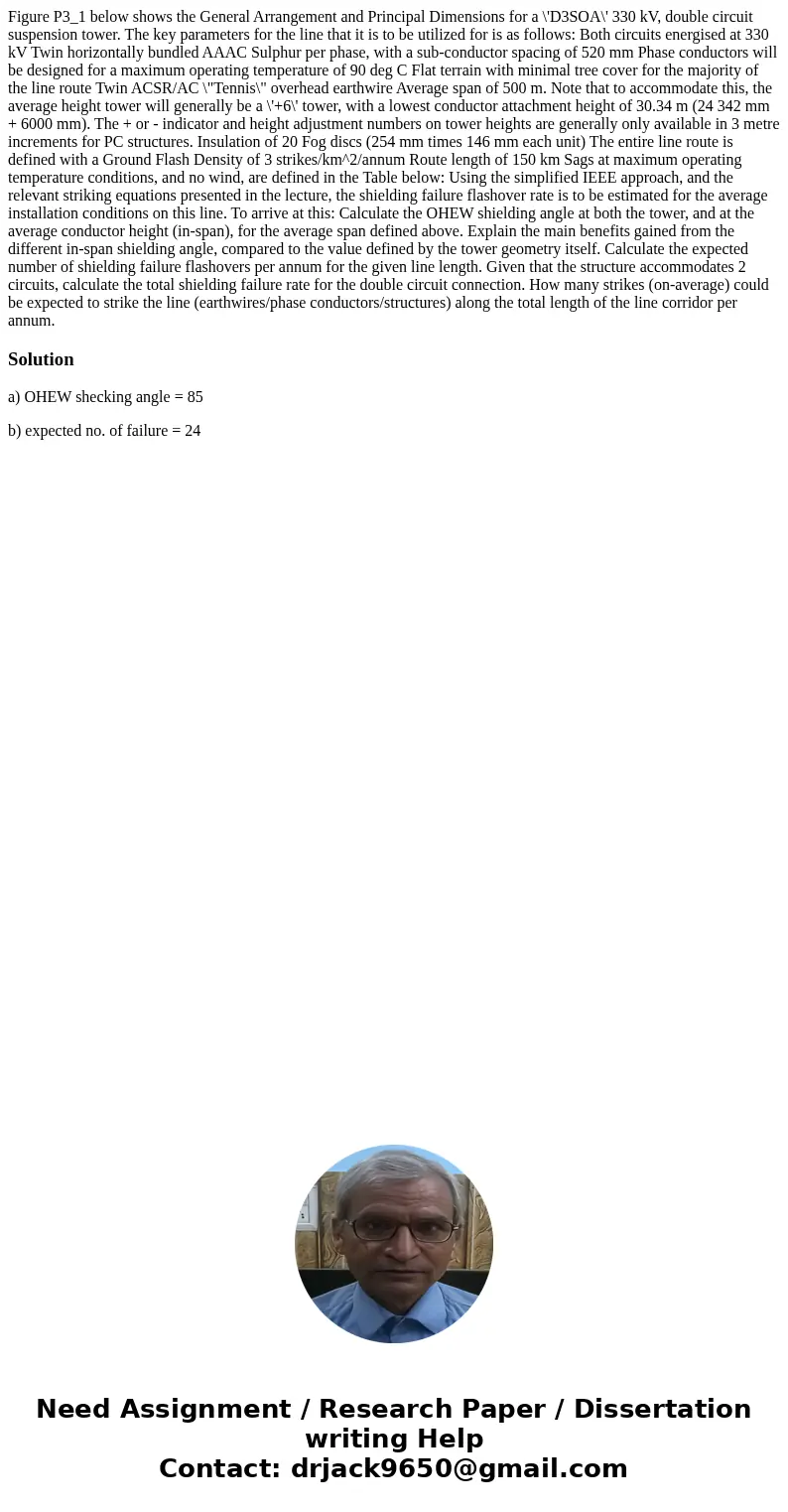Figure P31 below shows the General Arrangement and Principal
Figure P3_1 below shows the General Arrangement and Principal Dimensions for a \'D3SOA\' 330 kV, double circuit suspension tower. The key parameters for the line that it is to be utilized for is as follows: Both circuits energised at 330 kV Twin horizontally bundled AAAC Sulphur per phase, with a sub-conductor spacing of 520 mm Phase conductors will be designed for a maximum operating temperature of 90 deg C Flat terrain with minimal tree cover for the majority of the line route Twin ACSR/AC \"Tennis\" overhead earthwire Average span of 500 m. Note that to accommodate this, the average height tower will generally be a \'+6\' tower, with a lowest conductor attachment height of 30.34 m (24 342 mm + 6000 mm). The + or - indicator and height adjustment numbers on tower heights are generally only available in 3 metre increments for PC structures. Insulation of 20 Fog discs (254 mm times 146 mm each unit) The entire line route is defined with a Ground Flash Density of 3 strikes/km^2/annum Route length of 150 km Sags at maximum operating temperature conditions, and no wind, are defined in the Table below: Using the simplified IEEE approach, and the relevant striking equations presented in the lecture, the shielding failure flashover rate is to be estimated for the average installation conditions on this line. To arrive at this: Calculate the OHEW shielding angle at both the tower, and at the average conductor height (in-span), for the average span defined above. Explain the main benefits gained from the different in-span shielding angle, compared to the value defined by the tower geometry itself. Calculate the expected number of shielding failure flashovers per annum for the given line length. Given that the structure accommodates 2 circuits, calculate the total shielding failure rate for the double circuit connection. How many strikes (on-average) could be expected to strike the line (earthwires/phase conductors/structures) along the total length of the line corridor per annum.
Solution
a) OHEW shecking angle = 85
b) expected no. of failure = 24

 Homework Sourse
Homework Sourse